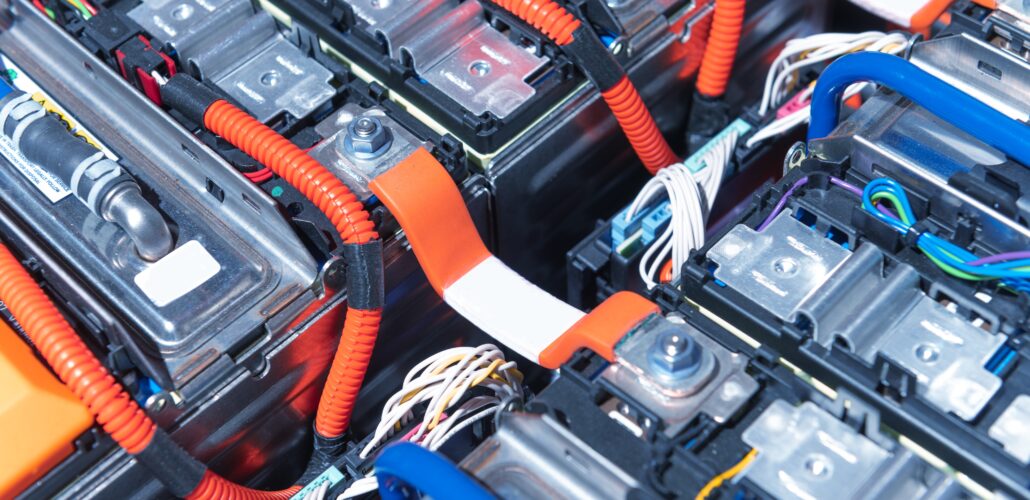Power Electronics Are Making the Transmission System Flexible
The electrical grid is undergoing a significant transformation.

Image for illustration purposes.
The Rise of Power Electronics
Power electronics are becoming increasingly prevalent in transmission systems. These devices, such as Flexible AC Transmission Systems (FACTS) and High Voltage Direct Current (HVDC) converters, are revolutionising how we manage and distribute electricity.
Enhancing Grid Flexibility
One of the primary benefits of power electronics is their ability to increase grid flexibility. Traditional transmission systems often struggle with power flow control and voltage regulation. However, FACTS devices can dynamically adjust these parameters, allowing for more efficient power distribution and improved system stability.
HVDC systems, another application of power electronics, offer unique advantages in long-distance power transmission. They can efficiently transmit large amounts of power over vast distances with minimal losses, making them ideal for connecting remote renewable energy sources to the grid.
Integrating Renewable Energy
The integration of renewable energy sources into the grid presents challenges due to their intermittent nature. Power electronics play a crucial role in addressing these issues. Grid-forming inverters, for instance, can help maintain system stability even with high penetration of renewable energy.
Improving Grid Resilience
Power electronics also contribute to grid resilience. In the event of faults or disturbances, these devices can quickly respond to maintain system stability. For example, Static Synchronous Compensators (STATCOM) can provide rapid voltage support during grid disturbances, helping to prevent widespread outages.
Future Prospects
As power electronics continue to evolve, we can expect even greater improvements in grid performance. Emerging technologies like Silicon Carbide (SiC) and Gallium Nitride (GaN) devices promise higher efficiency and power density, potentially revolutionising power conversion and transmission.
Challenges and Considerations
While power electronics offer numerous benefits, their implementation is not without challenges. Issues such as harmonics generation and potential interactions between different power electronic devices need careful consideration. Additionally, the high cost of some advanced power electronic solutions may pose barriers to widespread adoption.
Source: T&D World
#electrical grid#energy efficiency#FACTS#GaN#grid flexibility#grid resilience#harmonics#HVDC#inverters#power conversion#power electronics#power flow control#power infrastructure#power quality#renewable energy integration#SiC#smart grid#STATCOM#Transmission systems#voltage regulation



